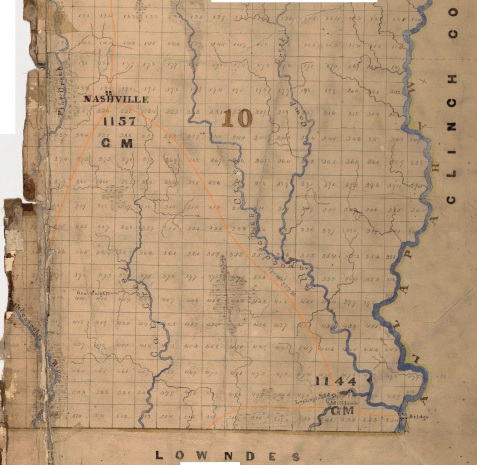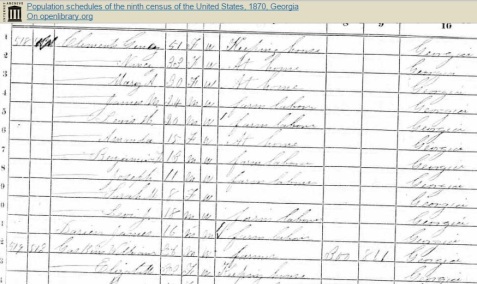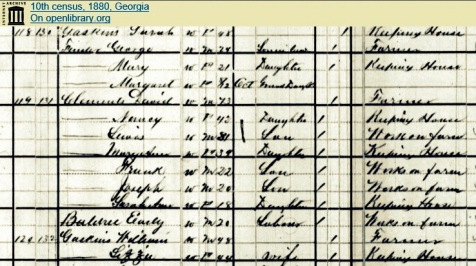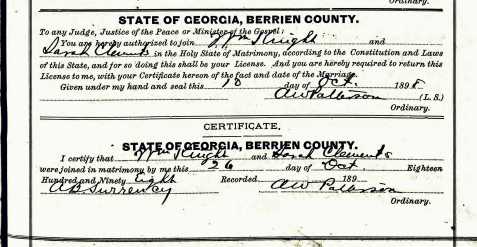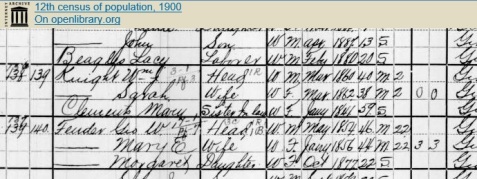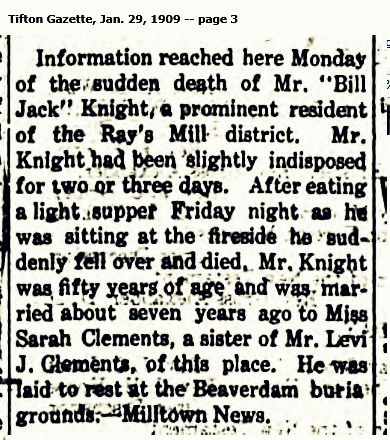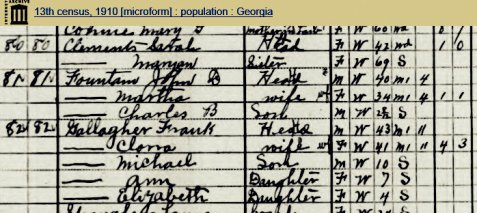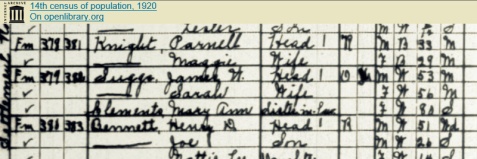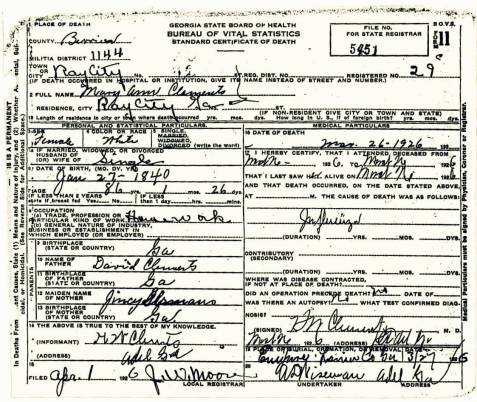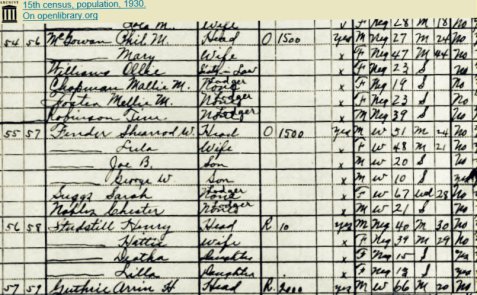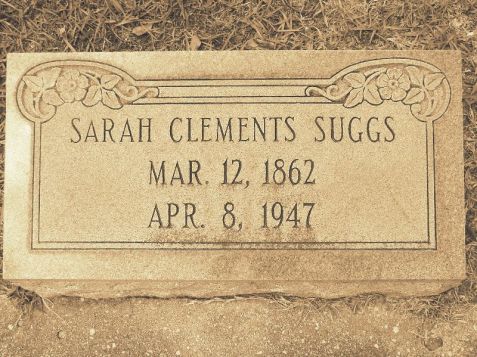Richard Ault, Blacksmith for the Berrien Minute Men
Richard H. Ault born in New York in 1820. He came to Lowndes County, GA some time before 1860 to make his home in the 1200 Georgia Militia District. In the 1860 census, R. H. Ault was single, living in the household of William Bradford and taking his mail at the Troupville post office. His trade was blacksmithing.
With the onset of the Civil War, Richard H. Ault enlisted with Levi J. Knight’s company of Berrien Minute Men on August 1, 1861 at Savannah, GA. This was one of two companies of Berrien Minute Men and was designated at various times as Capt. Knight’s Company, Capt. Wylly’s Company, (Old) Company C, and (New) Company G, 29th Regiment Georgia Infantry.
Initially, the Campfires of the Berrien Minute Men were made as a company of the 13th Georgia Regiment. Later they were sent to Sapelo Island where they “regulated” into the 29th Georgia Regiment Volunteer Infantry. They subsequently served at gun batteries defending Savannah.
About this time, Richard Ault and Berrien Minute Men Company G were stationed at Lawton Battery on Smith’s Island (Barnwell Island), with the Savannah River Batteries, Col. Edward. C. Anderson, commanding. While Col. Anderson would have been glad to be rid of Company G’s captain Levi J. Knight, Jr., he didn’t want to let go of his skilled blacksmiths. The rest of the 29th Georgia Regiment was at Causton’s Bluff.
Battery Lawton was armed with “one thirty-two pounder rifle gun,one forty-two-pounder smooth-bore, two eight-inch, and two ten-inch columbiads” which, along with the guns at Battery Cheves, and Battery Lee, thoroughly commanded the river.
Military records notate that Richard H. Ault was discharged by civil authority at Savannah on August 19, 1862, but on September 7 he was recalled by order of the Adjutant General.
In October, 1863 it appears there was a request that Pvt. Ault be detailed first to the Washington Artillery, SC, and second to Macon Arsenal. The Rebel Archives in the Record Division of the War Department show that Col. Edward C. Anderson, commander of the river batteries at Savannah requested that the detachment of R. H. Ault be reconsidered. At Battery Lawton, the Berrien Minute Men Company C had only three blacksmiths, Thomas J. Palin, Samuel Palin and Richard H. Ault. The two Palin men had already been pulled from the Berrien Minute Men and detailed as blacksmiths for other units. The relationship between the two Palin men is not known; both men deserted Confederate service in 1864, swore allegiance to the United States and were released north of the Ohio River. Thomas J. Palin was a Canadian who had come to Berrien County before the War. In the 1860 census T. J. Palin was a fellow boarder along with Levi J. Knight, Jr. (nephew of Captain Levi J. Knight) in the household of William Y. Hill. In 1861, Hill served as Ensign in Captain L. J. Knight’s company of Berrien Minute Men.
Protesting the detachment of blacksmith Ault, on October 17, 1863 Col. E. C. Anderson wrote to the Assistant Adjutant General, Captain William W. Gordon.

Letter dated October 17, 1863 protesting reassignment of Private R. H. Ault to work at the Macon Arsenal.
Savannah River Batteries Oct 17, 1863
Capt W W Gordon
A. A. G.Captain
The enclosed papers were handed me by Capt Carroll having been received by him under cover direct from Charleston.I would respectfully represent that private R H Ault is the only Blacksmith left me in the Company, private T Palin having already been detailed to Lt Col Cuyler at Macon and more recently private Saml Palin transferred to the Engineer troops here. Capt Carrolls Company is posted on Smith’s Island, Lawton Battery. There is a constant use for a Blacksmith at this post & I respectfully ask that private Ault may not be taken from me.
Very Respectfully
Yours
Edward Anderson
Col. Cmdy
Head Quarters
Department of South Carolina, Ga. & Fla.
Charleston, S.C. Oct. 10th 1863Special Orders,
No. 206I. The following named men are detailed to report as follows:
Pvt A. H. Ault Co “G” 29th Ga. Vols until 31st Dec. prox. without pay or allowances to report to Lt. Col. R. M. Cuyler, Macon Arsenal.
By command of General Beauregard
Related Posts:
- Campfires of the Berrien Minute Men
- Organization and Command of the Berrien Minute Men
- Berrien Readied for Civil War, May, 1861
- Berrien Minute Men at Brunswick ~ July, 1861
- Berrien Minute Men on Sapelo Island: Part 1
- 29th Georgia Regiment Soldier Killed by Fellow Soldier
- William W. Knight Writes Home About Old Yellow and Men of the 29th Georgia Infantry
- Reward Offered for Confederate Deserters
- Robert O. Rouse Sought Confederate Pension
- John Carroll Lamb
- Civil War Letters of James Parrish
- Georgia Fever Bark

